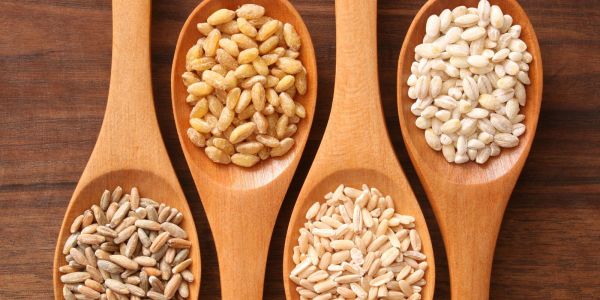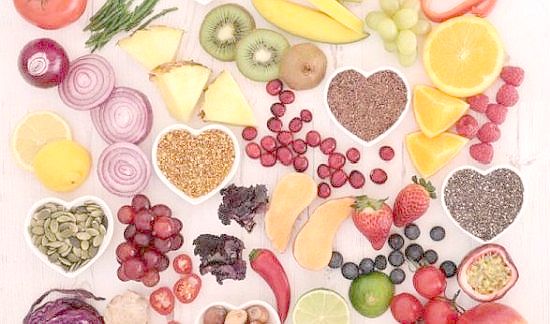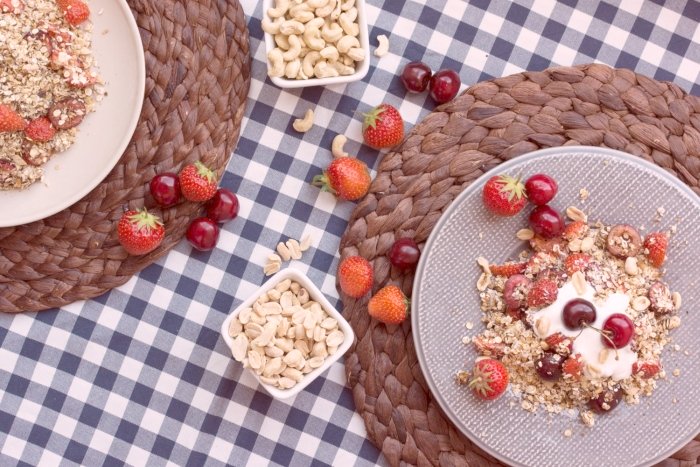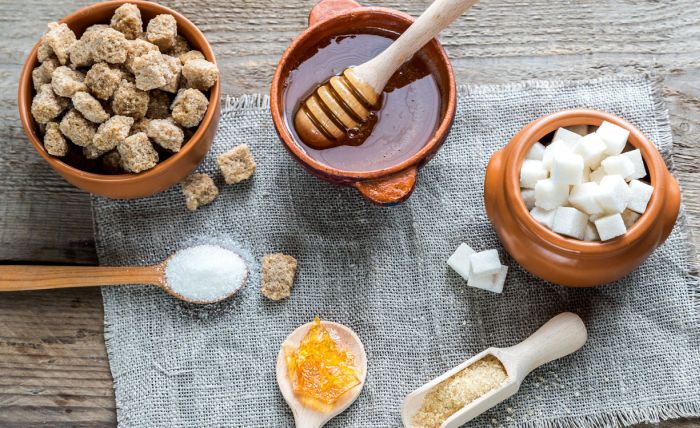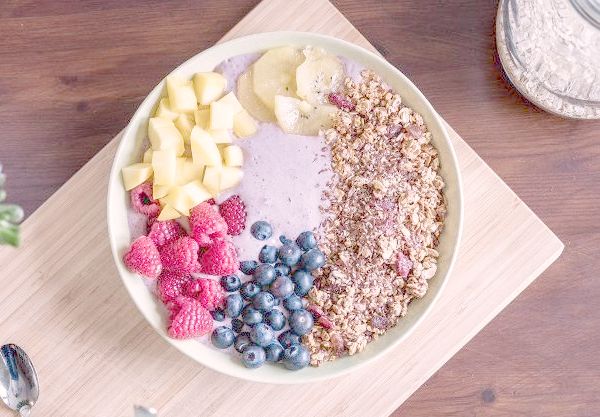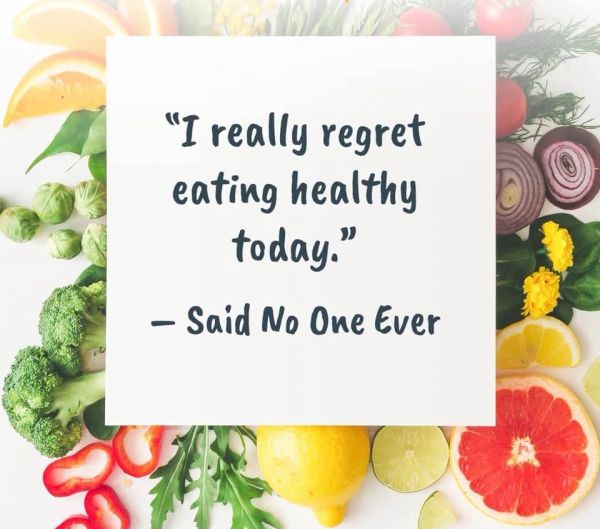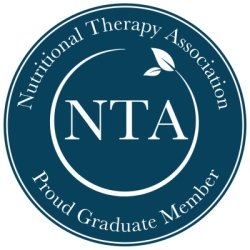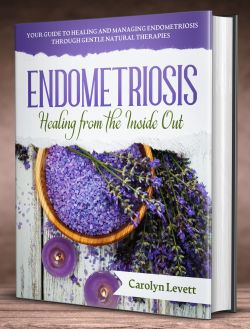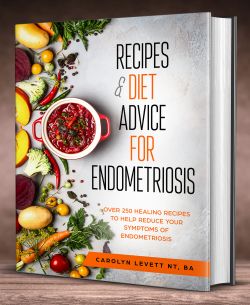Whole grains in your diet
What are whole grains anyway .....
They are foods that contain the entire kernel or grain without being processed to remove the outer kernel. Some examples are oatmeal, whole cornmeal, brown rice, whole rye, barley, quinoa, spelt. For those who want to go gluten free then rye and barley need to be avoided. You can find out more about hidden sources of gluten HERE
When grains are refined, much of the nutritional value is lost by removing the kernel. Whole grains are more wholesome and you have a better chance of getting the vitamins, minerals, antioxidants, and other beneficial nutrients that you lose when grains are refined.
Another important factor - you get much more fiber in your diet when you eat whole grains; and the more fiber you eat the easier it is to off-load excess estrogens from your system. The fiber content varies from grain to grain, ranging from 3.5% in rice to over 15% in barley.
Easy ways to add more whole-grains:
.
- Add half a cup of cooked wild rice, brown rice, or sorghum to your favourite home-made soup.
- Use whole corn meal for corn cakes, corn breads and corn muffins.
- Make risottos, pilafs and other rice-like dishes with whole grains such as , brown rice, millet, quinoa or sorghum.
- Enjoy whole grain salads like gluten free tabbouleh, rice salad, whole grain wheat free pasta salads etc.
- Look for cereals made with grains like kamut, kasha (buckwheat).
Gluten free whole grains
Quite a lot of sufferers of endometriosis have found they are gluten intolerant. The most well-known source of gluten is found in wheat and wheat based foods. But certain grains can include gluten.
The list below outlines grains which are gluten free, and have high nutritional value.
Amaranth – is a tiny yellow seed which is used in cereals or they are ground and used for flour. When Amaranth is cooked it has a crunchy, creamy texture, similar to that of cooked corn. Use in breads, cakes, soups, hot cereals, and grain dishes. Rich in iron and calcium.
Buckwheat - which is not a form of wheat, despite its name. Buckwheat groats are the hulled, crushed, kernels of the grain. Usually cooked in a manner similar to rice. Groats come in course, medium, and fine grinds. Kasha is roasted buckwheat groats and it has a toastier, nutty flavour. This grain can be used alone or with other grains, in pilaffs and casseroles.
Chickpeas - or garbanzo beans – eaten whole in stews, casseroles and various other dishes, also ground into flour called gram flour (used a lot in Asian cooking)
Millet - this grain is crunchy and has mild nutty flavour. This gain is easy to digest and often used by people on wheat-free diets. Ideal served incorporated into vegetable dishes, used as a stuffing, or in soups, stews or pilafs.
Millet flour is used to make puddings, breads, and cakes. Millet has great nutritional value and contains thiamine, iron and also contains significant amounts of protein, fibre, and potassium.
Quinoa - a real super-food high in nutritional value. It contains more protein than any other grain. It is considered a complete protein as it contains all the essential amino acids.
This grain is ivory coloured and expands to four times its original volume. Its flavour is delicate and bland. It's available as a grain, ground into flour, and also available in several forms of pasta.
You can use quinoa by itself, and can also be used in soups, salads, meat and vegetable dishes. Quinoa provides a source of high quality protein similar to that of meat and eggs. It is also a good source of calcium!
You can get more advice about going gluten free HERE

About the Author
My name is Carolyn Levett, the Founder of endo-resolved - I am an Integrative Health Coach having studied nutrition, naturopathy, aromatherapy as well as being a published author. I used to suffer from severe endometriosis and was able to regained my health and heal from the disease with the support of nutrition and natural therapies.
My motivation is to help other women with endometriosis to heal their bodies so they may overcome this awful disease without having to rely on toxic drugs and surgeries which can cause further damage - with healing thoughts, Carolyn.
 As featured in:
As featured in: